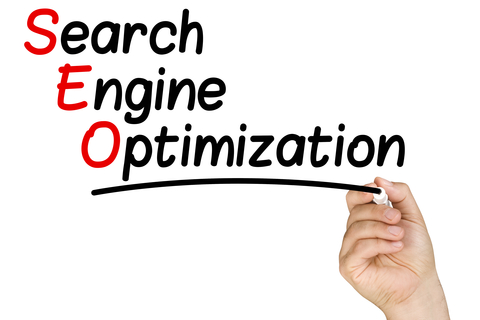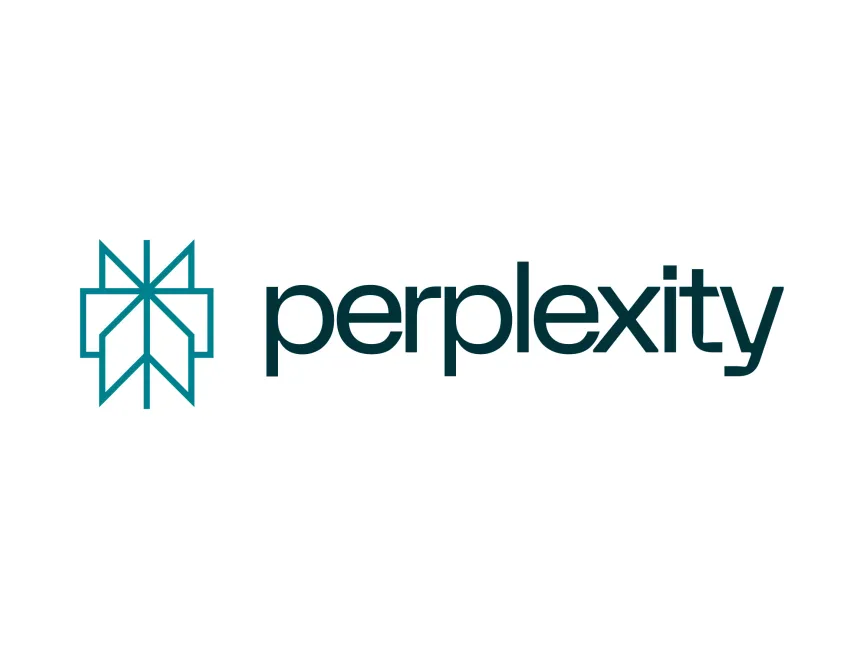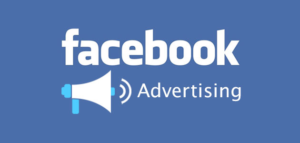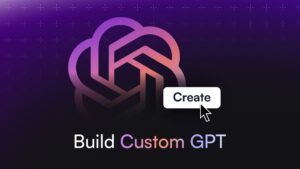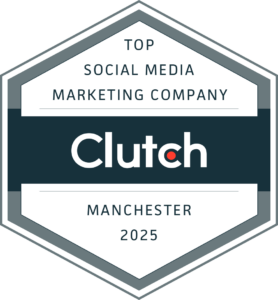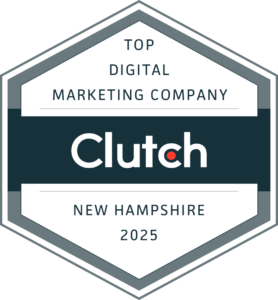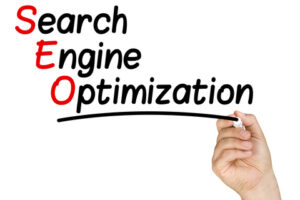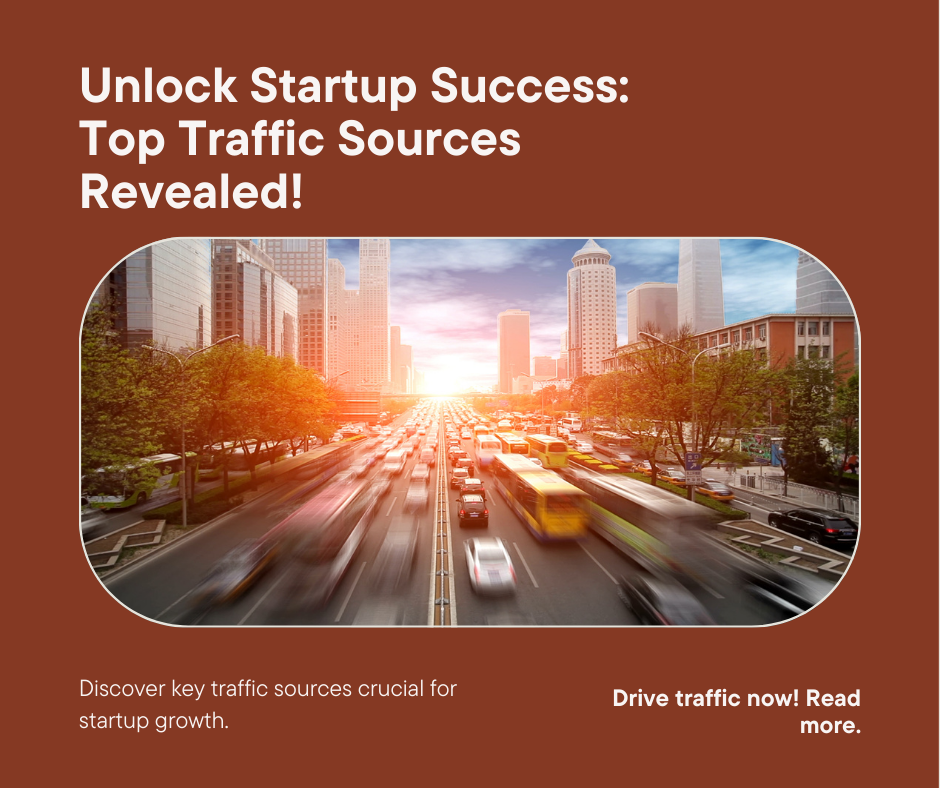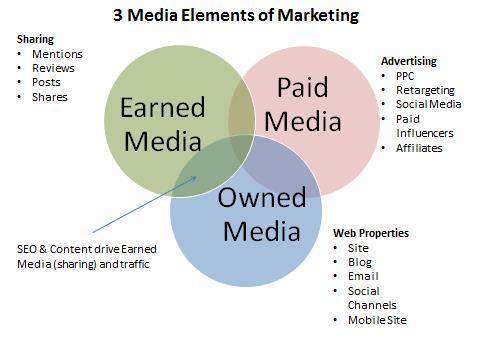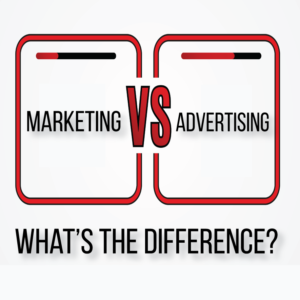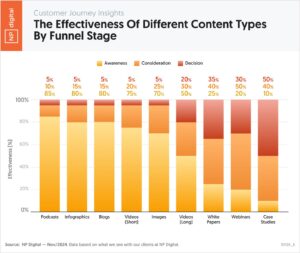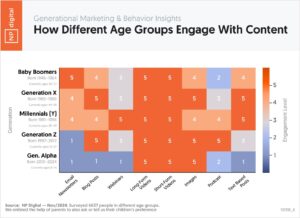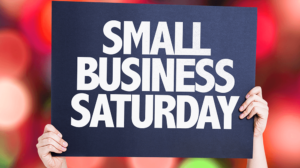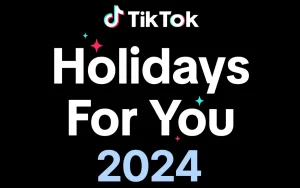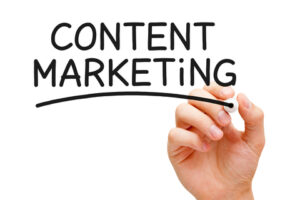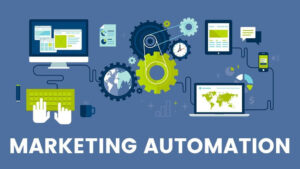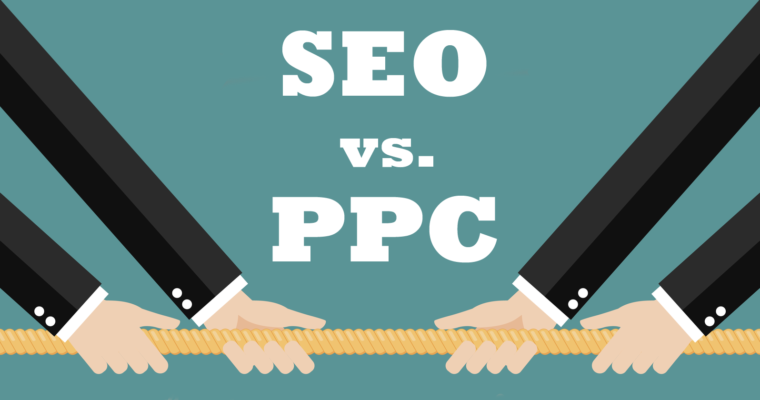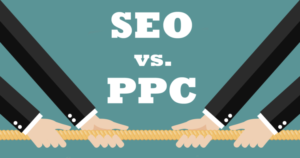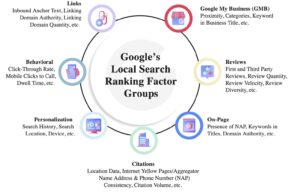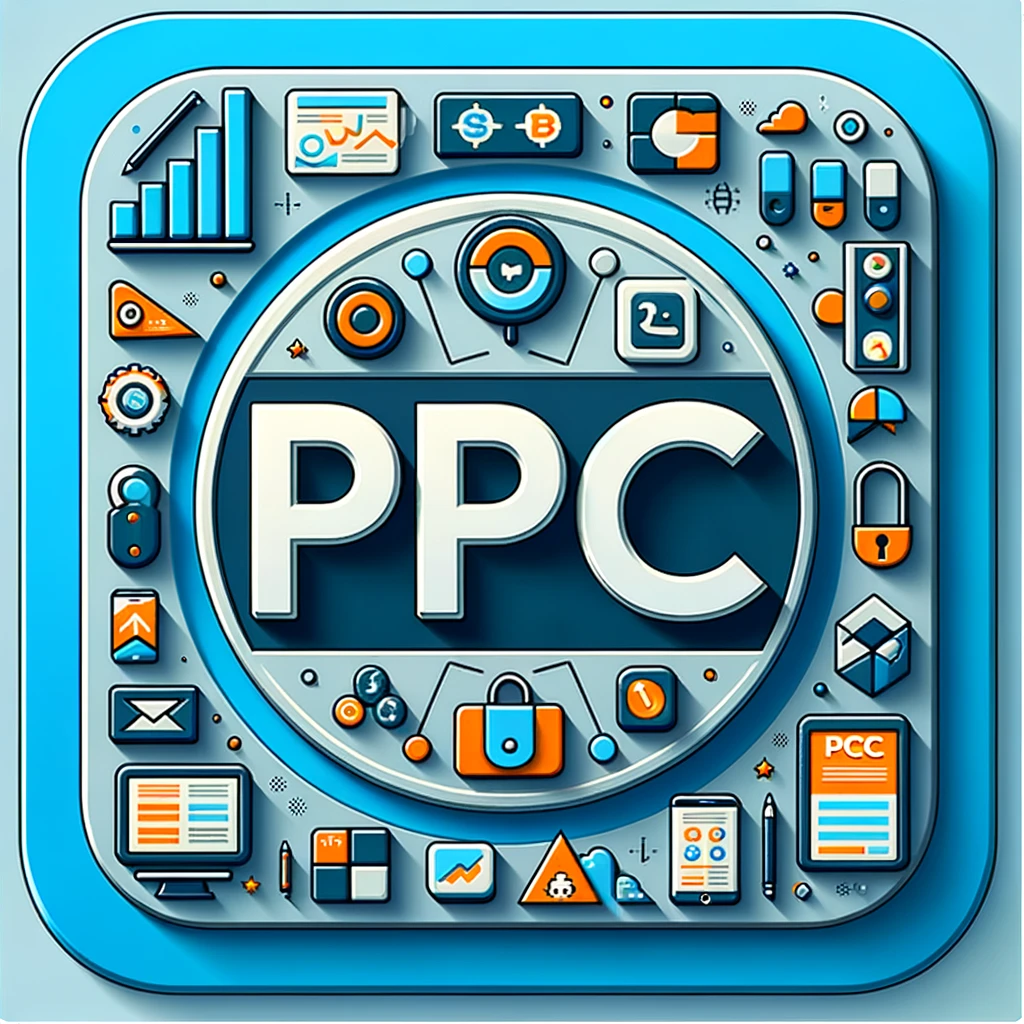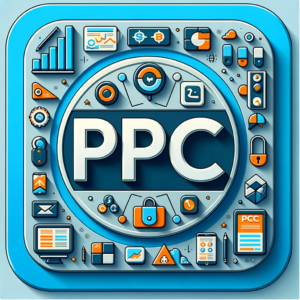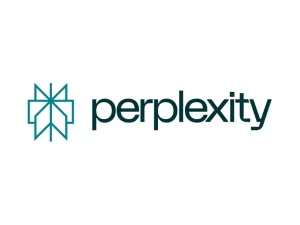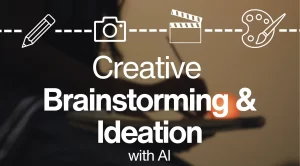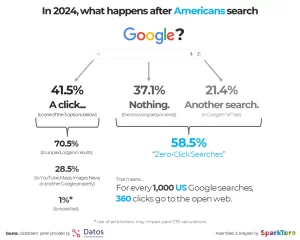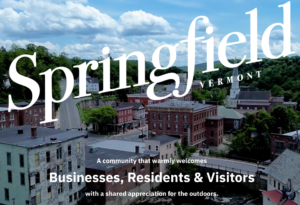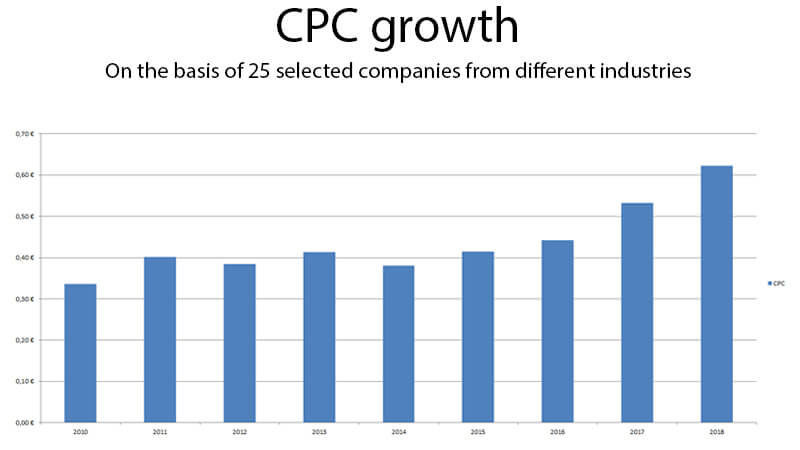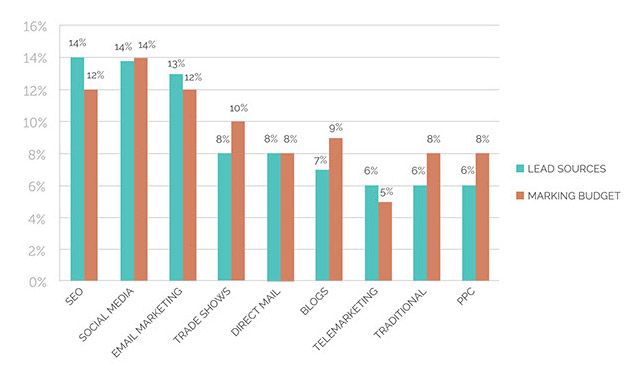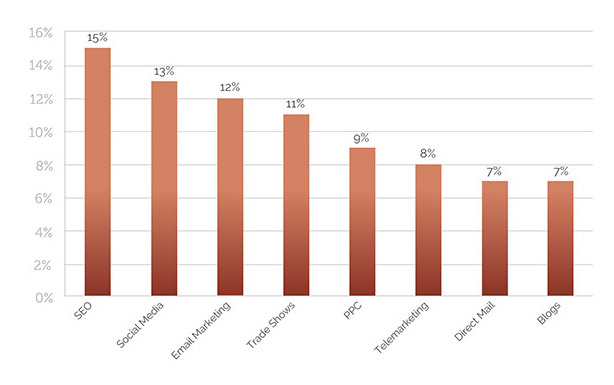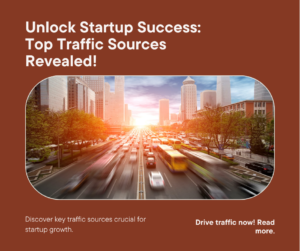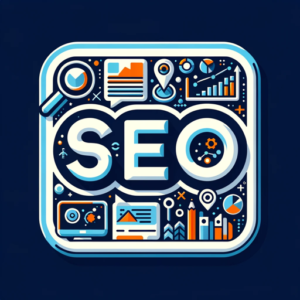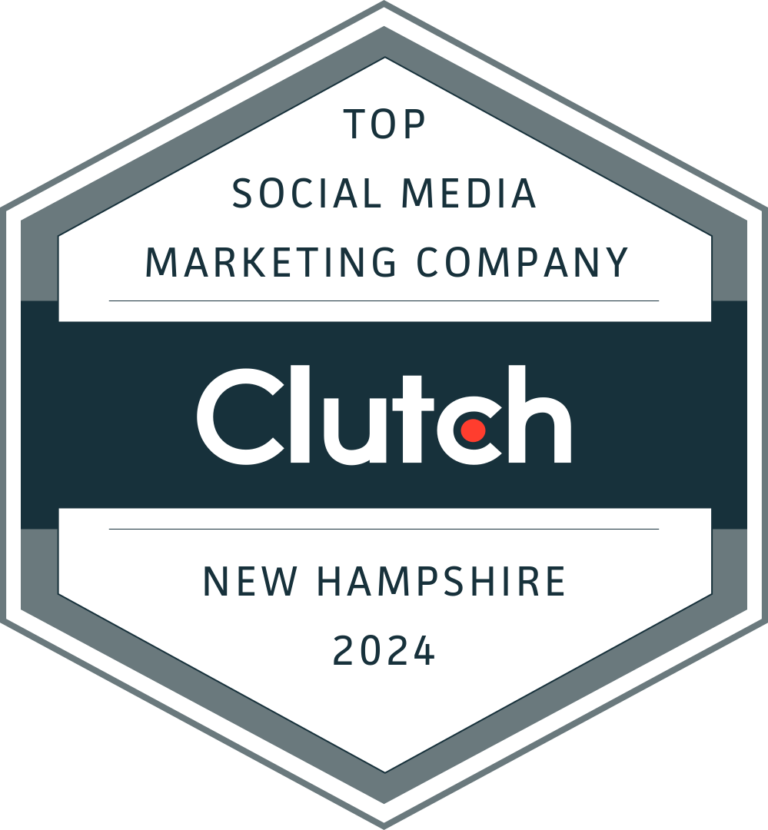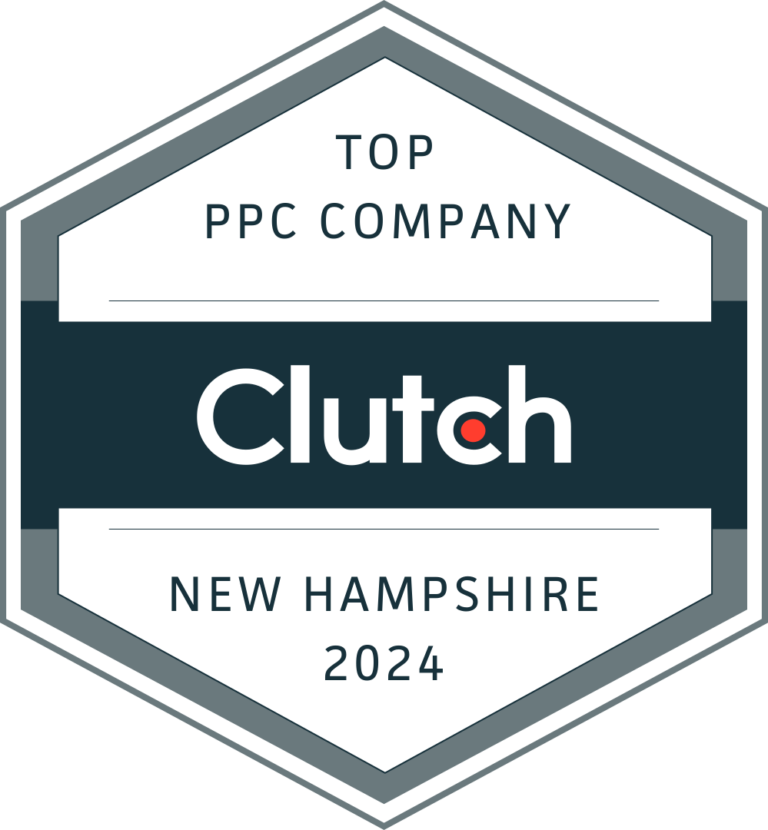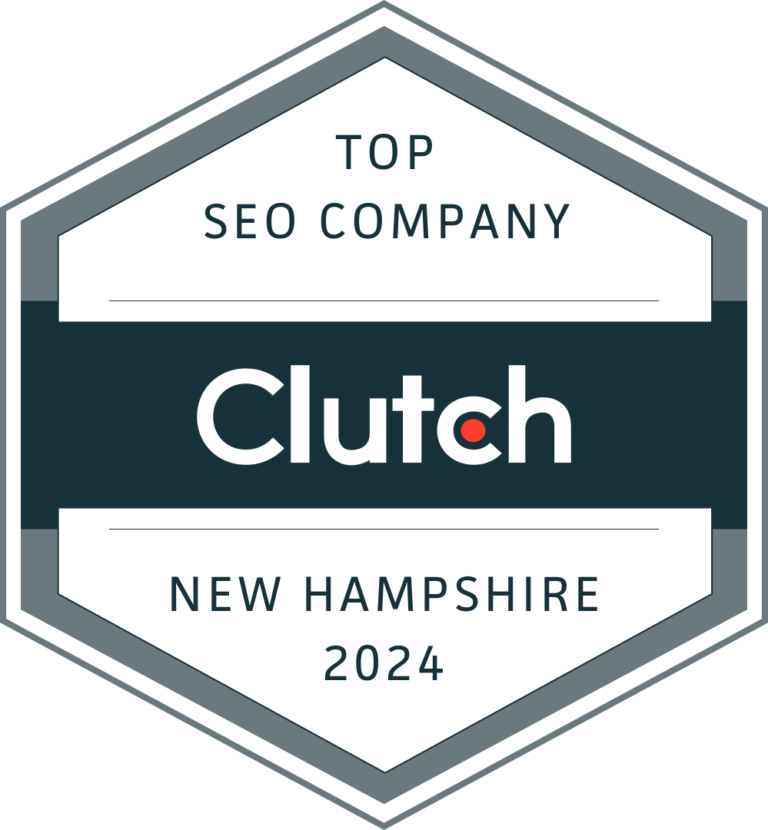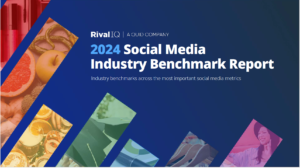SEO ROI Beats All Other Marketing Channels
Marketing Spend Tracks Lead Generation Rates
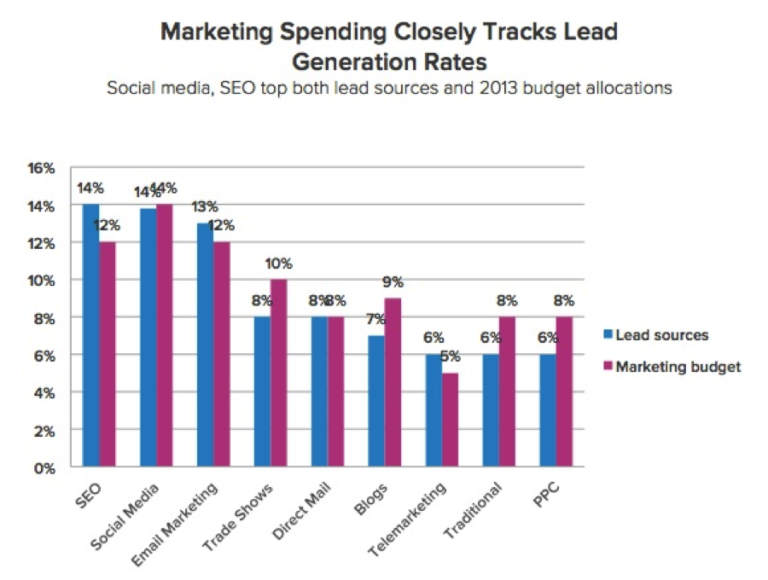
The Quality of SEO Leads Is Unmatched
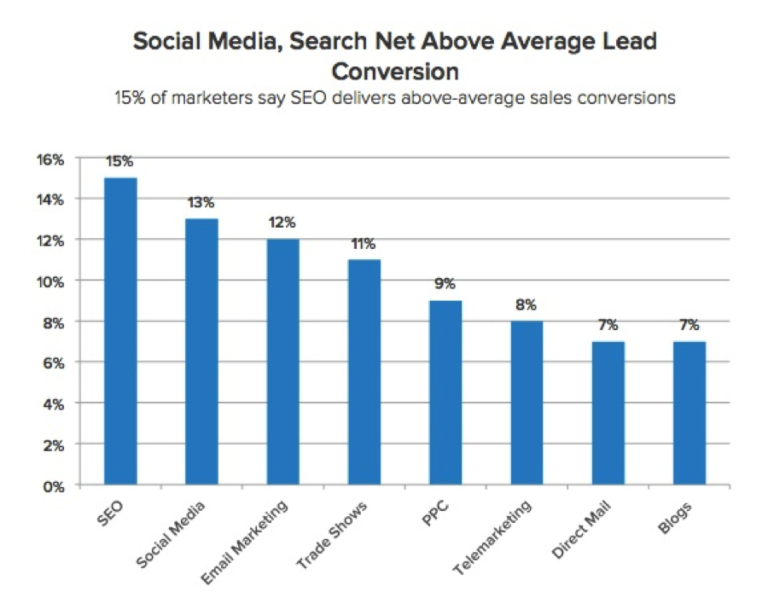
Why SEO Delivers the Best ROI
1. Sustained Results: Unlike PPC, which stops generating traffic the moment you pause your ads, SEO efforts compound over time. A well-optimized site continues to attract organic traffic long after the initial investment.
2. Lower Cost per Acquisition (CPA): With high conversion rates and no ongoing ad spend, SEO delivers one of the lowest CPAs in digital marketing.
3.Scalable Growth: As search engines prioritize user-friendly and content-rich websites, investing in SEO not only boosts traffic but enhances your overall digital presence.
Don’t Let SEO’s Complexity Hold You Back
Perform a Technical SEO Audit: Identify and fix site issues such as slow load times, broken links, or duplicate content.
Prioritize High-Value Keywords: Focus on terms that align with your audience’s intent and buying journey.
Invest in Content Marketing: High-quality, optimized content drives traffic and establishes authority in your niche.
Take Action Today
Recent Posts
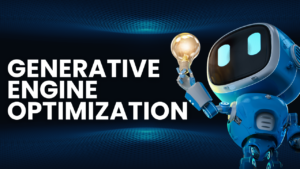
Generative Engine Optimization (GEO)
Generative Engine Optimization (GEO): The Future of Search and How It Differs from SEO As digital marketing continues to evolve, search is undergoing a radical

Best Practices for Building a Brand Presence on YouTube
Updated Best Practices for Building a Brand Presence on YouTube (2025) YouTube continues to be a dominant platform for video content, offering businesses unparalleled opportunities
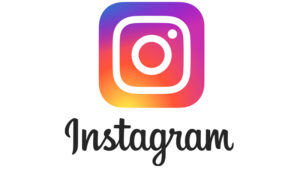
Best Practices for Building a Brand Presence on Instagram
Best Practices for Building a Brand Presence on Instagram (2025) Instagram continues to dominate as a platform for visual storytelling, brand development, and audience engagement.
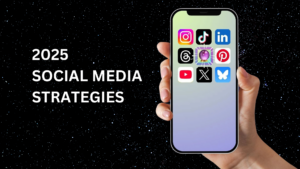
Social Media Strategies
10 Proven Social Media Strategies to Dominate in 2025 In the dynamic landscape of 2025, mastering social media requires a strategic approach tailored to evolving

Definitive Guide To Building Your Brand Presence on Twitter
Updated Best Practices for Building a Brand Presence on X (2025) X (formerly Twitter) continues to be a powerful platform for real-time conversations, customer engagement,

Definitive Guide To Building Your Brand Presence on LinkedIn
Updated Best Practices for Building a Brand Presence on LinkedIn (2025) LinkedIn remains the premier platform for professional networking and B2B marketing, offering businesses unparalleled
